

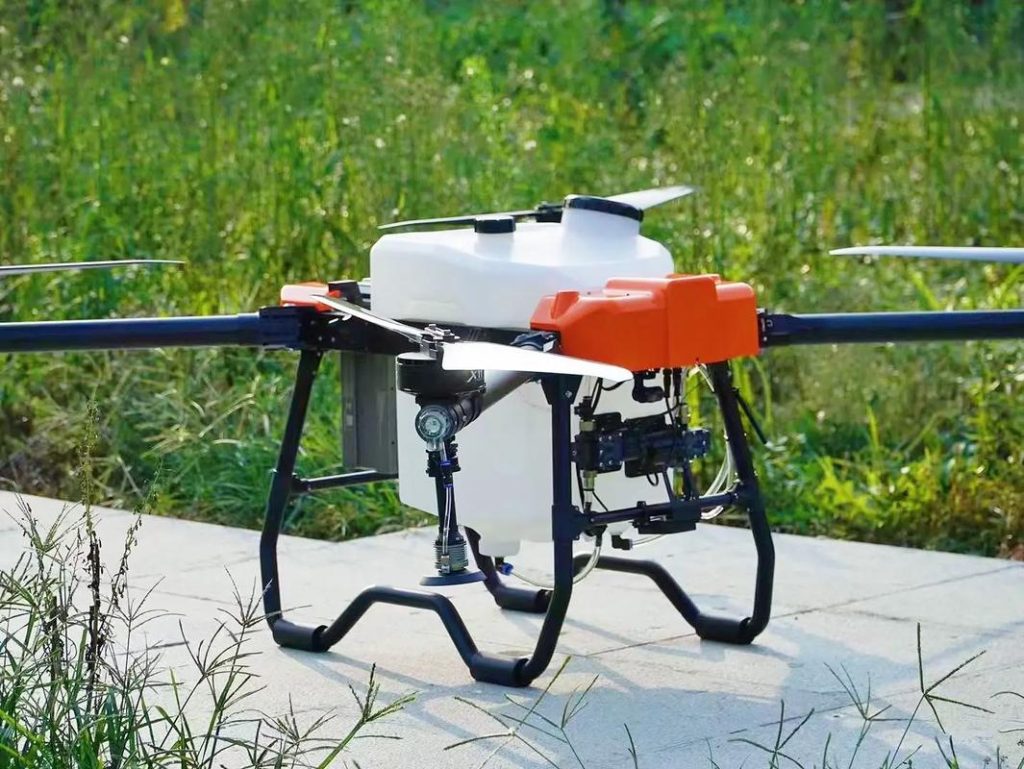
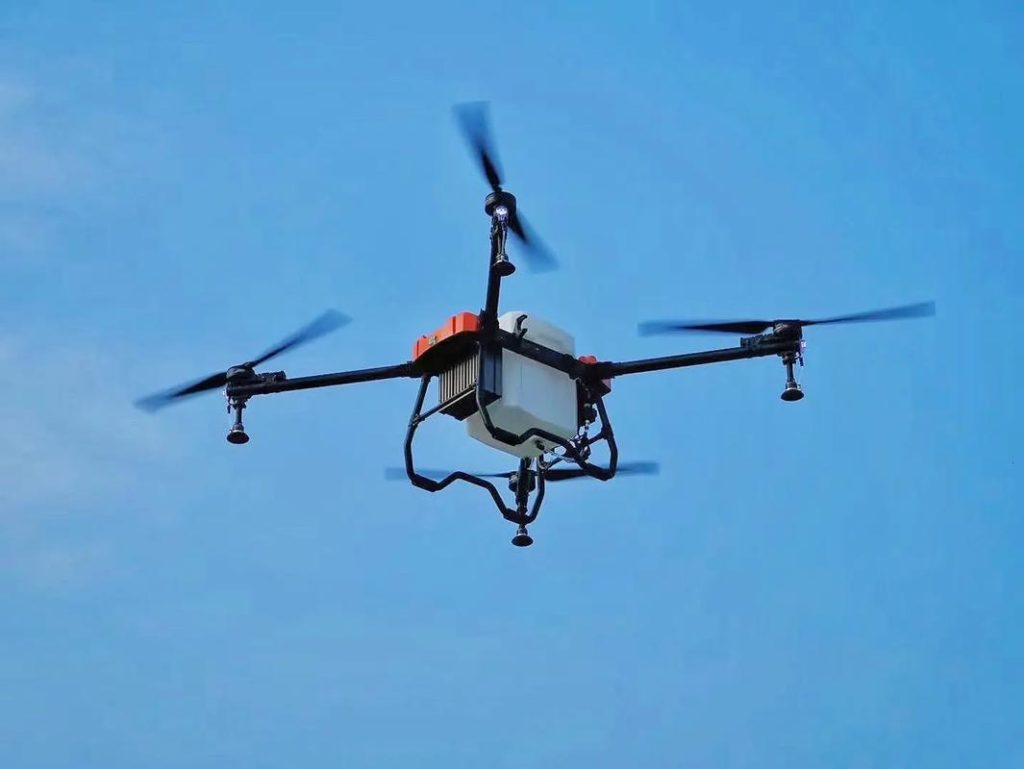
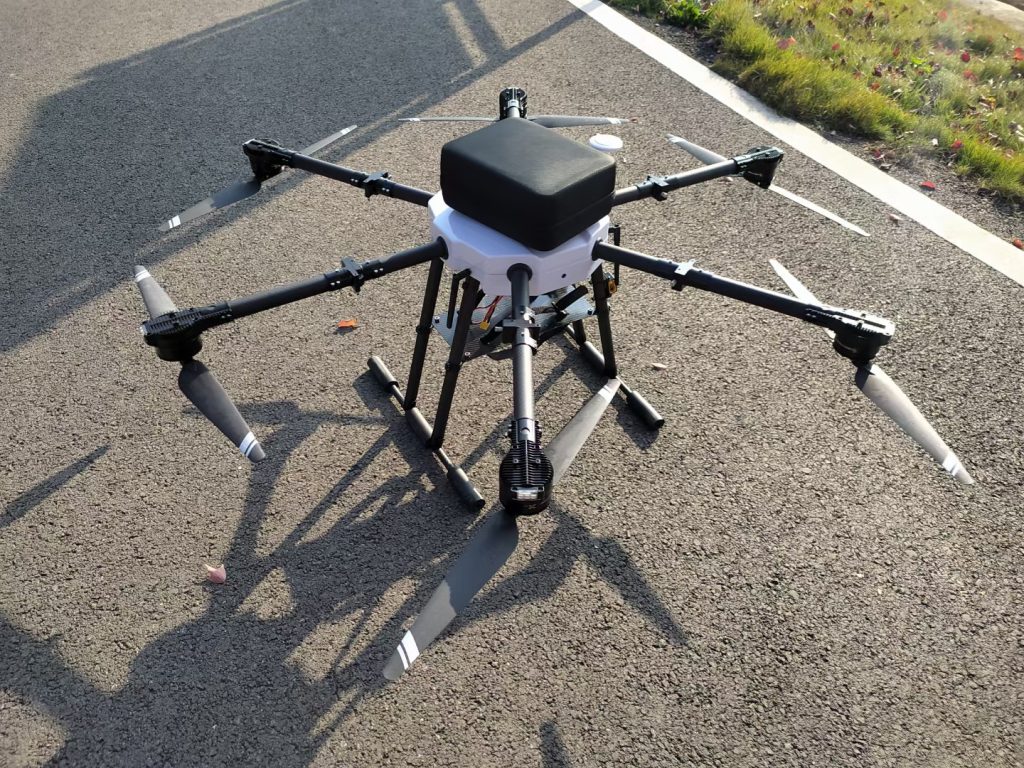

As Saudi Arabia accelerates its agricultural modernization under Vision 2030, precision farming technologies are becoming indispensable. Among these, agricultural drones stand out for their ability to automate spraying, monitor crop health, and optimize resource use. Purchasing agricultural drones from China to Saudi Arabia offers a cost‑effective pathway to enhance yields, conserve water, and streamline farm operations.
—
The Value of Agricultural Drones in Saudi Agriculture
Saudi farms face unique challenges—scarce water, high temperatures, and expansive desert fields. Agricultural drones address these hurdles by:
Targeted Spraying: Ensuring uniform application of fertilizers and pesticides, reducing chemical waste and labor.
Crop Health Monitoring: Capturing multispectral images to detect disease, pest infestations, and water stress early.
Irrigation Management: Generating field maps that guide precision irrigation, conserving precious water resources.
Data‑Driven Decisions: Providing real‑time analytics to help farmers plan planting schedules and input usage.
—
Why Source Drones from China
China has emerged as a global leader in drone manufacturing, offering models that combine advanced functionality with competitive pricing. Key advantages include:
1. Innovative Features at Affordable Costs
Chinese agricultural drones often integrate GPS waypoints, AI‑driven imaging, and automated flight paths—features that make precision farming accessible to a wide range of Saudi operations.
2. Variety of Configurations
From heavy‑lift spraying platforms capable of covering large wheat fields to compact monitoring drones ideal for greenhouse vegetables, the breadth of options allows buyers to match drone capabilities to specific crop types and terrain.
3. Scalable After‑Sales Support
Although purchased internationally, many drone packages include online training modules, firmware updates, and parts catalogs, helping Saudi users maintain high uptime and performance.
—
Key Steps in the Purchase Process
1. Define Farm Requirements
Assess field size, crop varieties (e.g., date palms, wheat, greenhouse tomatoes), and desired functions (spraying vs. mapping) to select the optimal drone configuration.
2. Ensure Regulatory Compliance
Register drones with the General Authority of Civil Aviation (GACA) and secure any required import permits. Confirm that the chosen models meet local aviation and safety standards.
3. Arrange Logistics and Customs Clearance
Coordinate with freight forwarders experienced in technology imports. Prepare accurate documentation—commercial invoices, technical specifications, and certificates of origin—to expedite customs procedures.
4. Plan for Training and Maintenance
Schedule operator training on flight planning, battery management, and safety protocols. Establish a relationship with certified technicians for routine inspections and spare parts supply.
—
Financing and Return on Investment
Investing in agricultural drones represents a significant capital outlay, but the ROI can be compelling:
Reduced Labor Costs: Automated spraying can replace manual labor for repetitive tasks.
Input Savings: Precision application minimizes fertilizer and pesticide usage.
Yield Improvements: Early detection of crop issues and optimized irrigation often boost harvest volumes by 10–20%.
Sustainability Gains: Water savings and reduced chemical runoff support environmental goals.
—
Future Outlook
With government incentives for water‑efficient technologies and growing awareness of smart farming benefits, drone adoption in Saudi Arabia is set to expand. Early adopters will gain valuable data insights and operational efficiencies, positioning their farms for long‑term competitiveness and sustainability.
—
Conclusion
Purchasing agricultural drones from China to Saudi Arabia is a strategic move that brings precision, efficiency, and sustainability to modern farming. By following a clear selection, compliance, and training process, Saudi agricultural stakeholders can harness cutting‑edge drone technology to meet the nation’s food security and environmental objectives

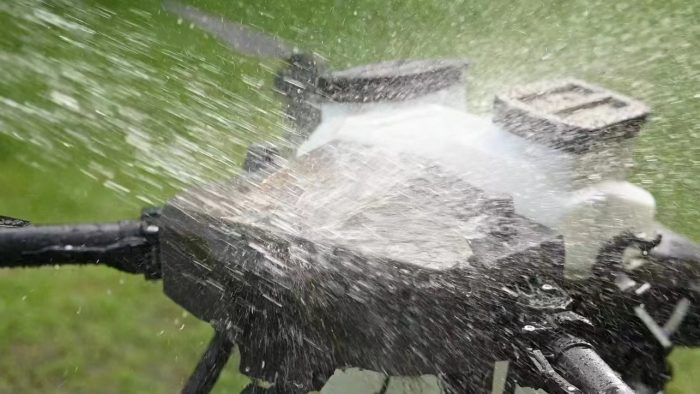






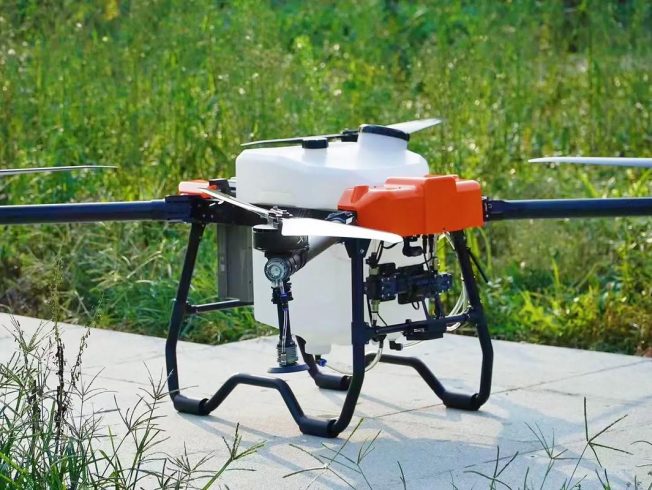
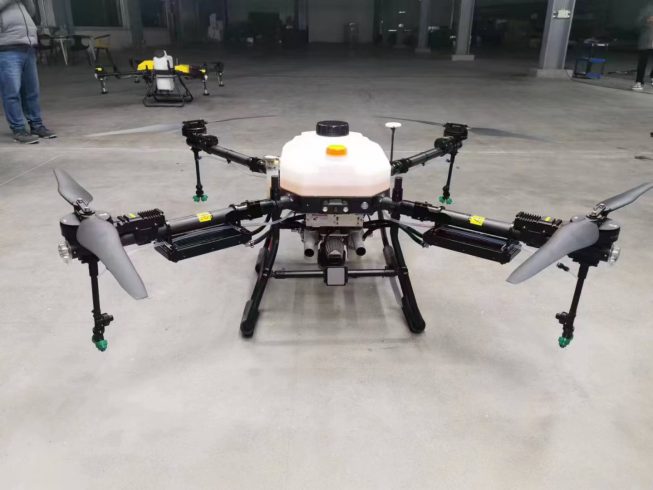
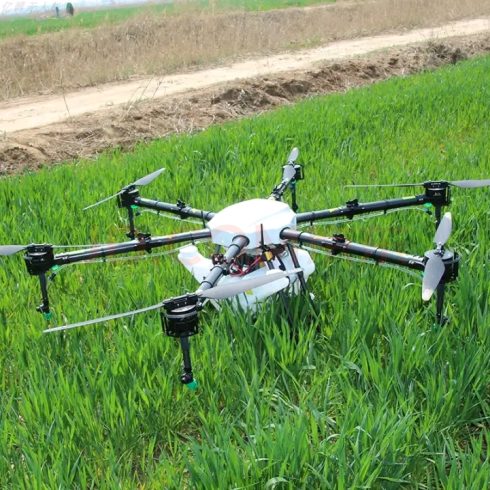

暂无评论内容